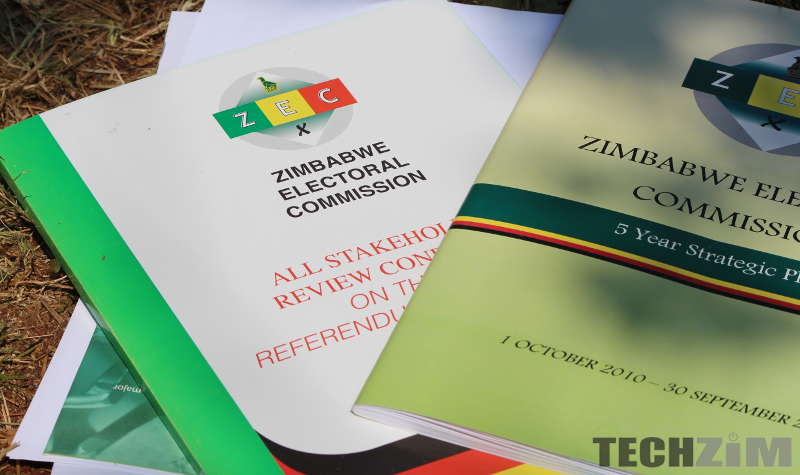Provisional voters roll inspection ended yesterday and as much as 2.4 million voters verified their details in the process. The primary reason we are interested in these figures is that Zimbabwe Electoral Commission (ZEC) used a couple of technologies, ranging from mobile phone technology (USSD) to the internet so as to make this process easier for many people. Not only on the voters roll inspection process has ZEC used technology, but even with the voter registration process where it used the Biometric Voter Registration technology.
Mobile technology helped 38% of the 2.4 million people who checked their details. I think the USSD platform was really a success for ZEC considering that this is the first time it has introduced this technology. I’m sure when we do the next elections, the number will increase to more than 70% because mobile phone penetration is constantly increasing year on year in Zimbabwe.
At the same time, 1.4 million people physically inspected the voters roll at inspection centers.
Also, ZEC utilized mobile phone by sending bulk messages (SMS) to a to 3.2million people. The messages were sent to people who provided their phone numbers upon registering to vote.
Despite the success, my only criticism of ZEC’s USSD is that it wasn’t as secure as USSD’s used by Ecocash, Telecash or even OneMoney. ZEC’s USSD was not secure principally because anyone with a phone and someone’s ID number could check someone’s details without their consent.
This is different from Ecocash, Telecash and OneMoney USSD’s because only the user (the only person with the sim card) phone can reveal their personal details.

2 comments
In this context does mobile refer to USSD only, or does it include those who used their website on a mobile browser.
38% USSD verification, 58.3% physical verification leaves 3.7% for website verification. Does that mean only 88,800 people verified their information via the website?
Let’s not create security issues where there is a low threat factor. If you have someone’s ID number generally you already have access to most of their other information. Anyway, suppose you view someone’s registration details, what next? Where is the security threat?
True, hapana real security threat apa